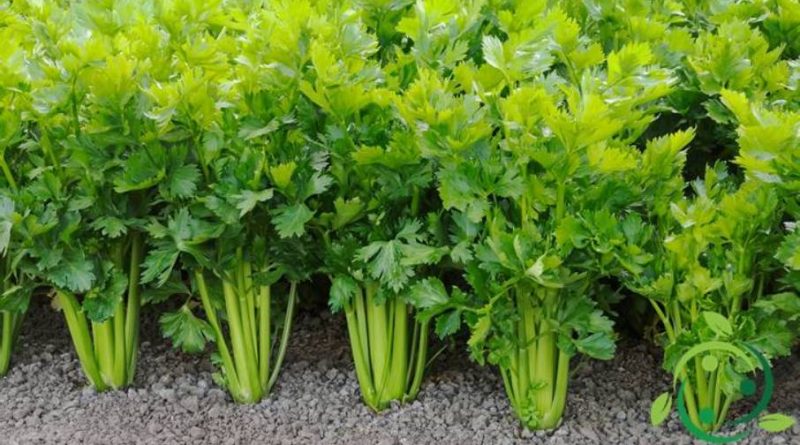How to grow celery in organic way
How to grow celery in organic way
Celery (Apium graveolens L., 1753) is one of the most consumed vegetables both directly, in salads and seasonings, and after cooking.
It is a herbaceous species which, in the wild, as well as in Italy, is indigenous to the countries of the Mediterranean basin and almost all of central and southern Europe, as well as to Asia in a wide range ranging from the Middle East to the China.
It is one of the easiest plants to grow on condition that some simple indications are taken into account.
It is a plant that grows well with mild temperatures and in the absence of temperature changes.
As far as the substrate is concerned, celery adapts very well to medium-textured or loose, fresh, deep and rich in organic matter and calcium soils with a pH that remains around 7.
Celery must be sown preferably in a seedbed but can already be done in close rows, or in peat pots with 1-3 seeds per pot.
The seed must therefore be covered with a very light layer of soil (0.5 cm or less) which must be kept constantly humid until the seedling develops.
For the moment of transplanting, it is necessary to wait for the young seedlings to emit 4-5 leaves and reach a height of 15-20 cm.
The planting of each plant must be done up to the collar area.
It is important to irrigate abundantly, especially in the post-transplant phase; irrigation that must be ensured every time the surface layers have dried.
The time of transplantation depends on the cultivation technique. In the greenhouse you can transplant between December and January and then have a harvest in April-May; in the open field it is better to wait for the first spring warmth, being careful if there are no cold return conditions.
For a better organoleptic quality and for more effective agroecological systems, take into account the possibility of associating celery as indicated in the following sheet.
As far as fertilization is concerned, especially to ensure better quality, mineral fertilizers such as nitrates or phosphates should be avoided. For this reason, in order to obtain a balanced supply of nutrients and a good overall fertility of the substrate, it is necessary to opt for organic fertilization based on mature manure. the manure must be buried with a deep digging at 30-40 cm.
If you want to obtain a more tender and whitened celery base (etiolation) we recommend weeding the plants either manually or, in the case of more extensive crops, with special hoeing machines
The harvest is done as soon as the plants are completely developed and the coasts have reached a sufficient bleaching: for the procedure it is enough to eradicate them dry. Subsequently, the root must be cut at the insertion point of the outermost sheaths.

